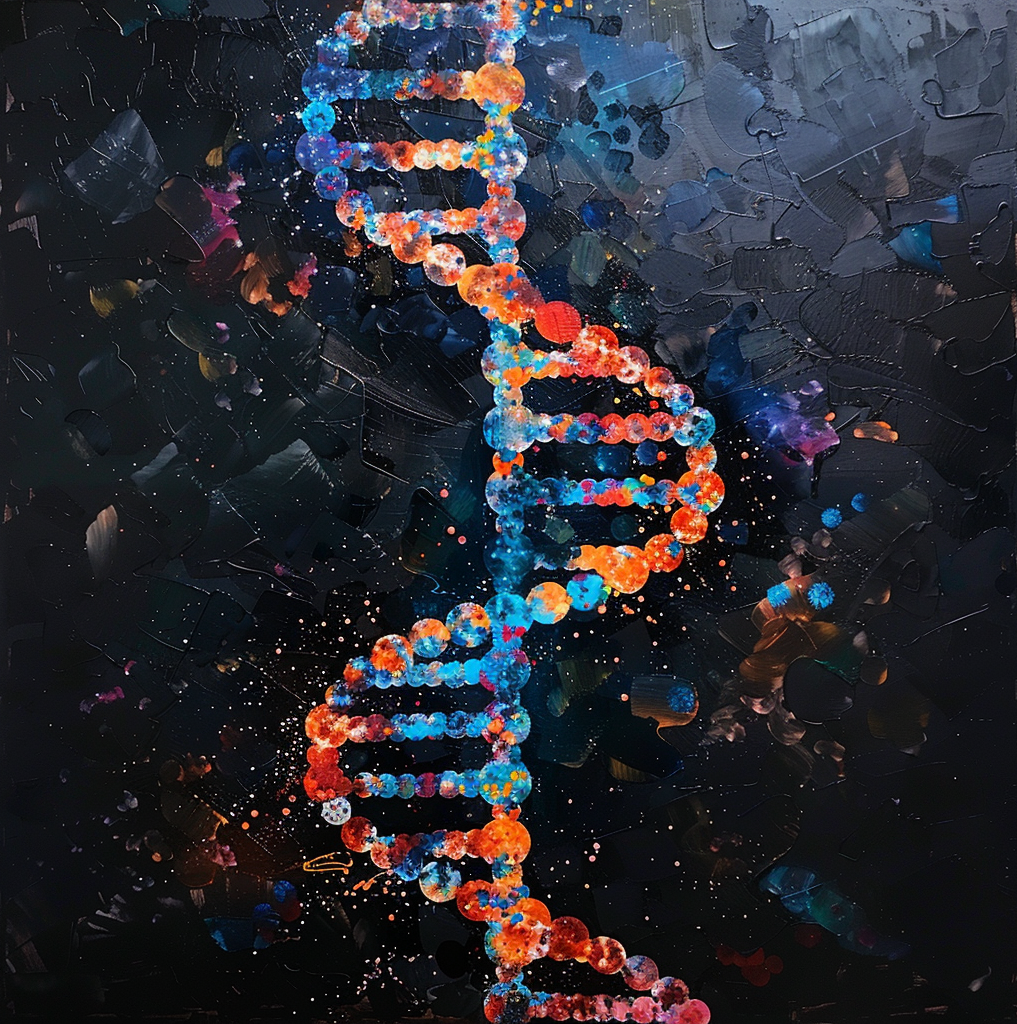In the Shadows of Medicine: Why Rare Diseases Like Progeria Lack Research Attention
Rare diseases, often referred to as orphan diseases, affect a small percentage of the population. Globally, a disease is typically classified as rare if it affects fewer than 1 in 2,000 people. Despite their rarity, these diseases impact millions—over 300 million people worldwide are estimated to suffer from one of the approximately 7,000 identified rare diseases.
Among these, Hutchinson-Gilford Progeria Syndrome, better known as Progeria, is a poignant example. This genetic condition leads to accelerated aging in children, significantly shortening their lifespan. For more detailed information about Progeria, readers can explore this article.
Another intriguing condition is Alice in Wonderland Syndrome (AIWS), where sufferers perceive objects as either much larger or smaller than they actually are, distorting their sense of reality. More on AIWS can be found here.
Lastly, Castleman Disease is a rare disorder characterized by the overgrowth of cells in the body’s lymph nodes. Further insights into this condition can be gained from this detailed discussion.
The Economic Dilemma
The primary reason rare diseases often go under-researched stems from economic considerations. The pharmaceutical industry, driven by profit margins, tends to invest in research and development for diseases that affect larger segments of the population—those where new drugs and treatments can guarantee a substantial return on investment.
This economic model leaves little room for rare diseases. The costs associated with developing treatments for such small patient groups are prohibitively high, and there is no promise of a substantial financial payoff. As a result, many potential treatments never make it past the early stages of research.
The Human Cost
Beyond the economics, the real tragedy of this situation lies in its human cost. Individuals with rare diseases frequently experience delays in diagnosis and limited treatment options. The lack of research not only impedes the development of effective treatments but also means that many patients and their families face uncertainty and diminished quality of life.
Personal stories from sufferers and their families can illustrate the profound impact of living with a rare disease. These narratives often include years of medical uncertainty, significant financial burdens due to medical expenses, and the emotional and psychological strain of dealing with a poorly understood condition.
Advocacy and Hope
Despite these challenges, there is hope. Advocacy groups and patient organizations play a crucial role in pushing for more research and funding. These organizations often spearhead fundraising efforts, raise public awareness, and lobby governments to allocate resources for research into rare diseases.
Success stories do exist, where persistent advocacy and public funding have led to breakthroughs in treatment. These examples serve as a beacon of hope and a call to action for increased support for rare disease research.
The way forward
This discussion underscores the need for a shift in how we view and prioritize health research. We must adopt a more compassionate approach that values human lives over potential profit, ensuring that no patient is left behind simply because their condition is rare.
By raising awareness and advocating for policy changes, society can help bridge the gap in medical research and bring hope to those affected by rare diseases.








Leave A Comment